
In today’s connected world, many businesses are focusing on global audiences. Multilingual SEO is important for reaching these different markets. By optimizing your website in multiple languages, you can improve your search engine visibility. This way, you can attract more customers in specific areas. This guide will discuss smart strategies to boost your multilingual SEO and reach a larger audience.
Understanding Multilingual SEO and Its Importance
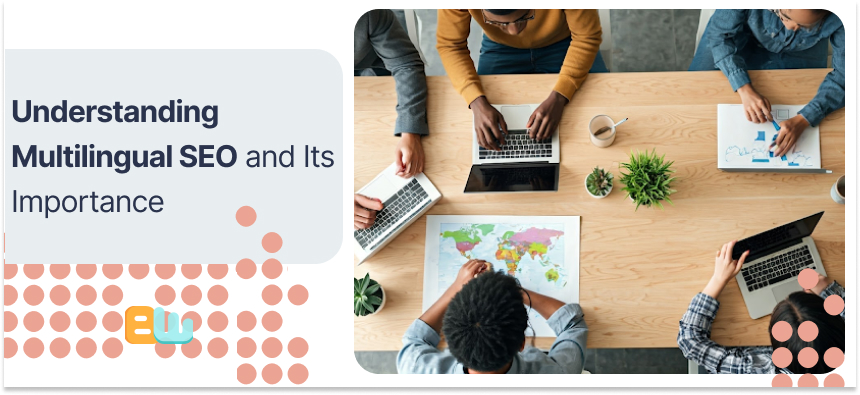
Multilingual SEO is all about improving your website so that it can rank high in search results for different languages. This helps people all over the world find your website through search engines like Google, no matter what language they use.
A multilingual website allows you to reach more customers. You can go beyond English speakers and connect with those who speak Spanish, French, Mandarin, and many other languages.
Defining Multilingual SEO in the Context of Global Reach
Multilingual SEO is not just about translating your website into different languages. It’s also about knowing the specific details of each market. You need to adjust your SEO plan for every audience. This means you must find and use the right keywords for each language. To reach a global audience, you must understand each target audience well. This means conducting thorough market research, learning their preferred languages, and adapting your content to fit their customs and search habits. Businesses can reach new markets by using a clear multilingual SEO plan.
Why Multilingual Websites Win in Global Markets
A multilingual website talks directly to its target audience in their native language. This makes the user experience better and keeps people more engaged. When users can navigate a site in their chosen language, it builds trust and credibility. Expanding into different markets allows businesses to reach new customer groups and earn more money. By offering a localized experience, these businesses can strengthen their presence in global markets and gain a competitive edge. Having a good user experience with multilingual SEO builds brand loyalty and increases sales.
Planning Your Multilingual SEO Strategy
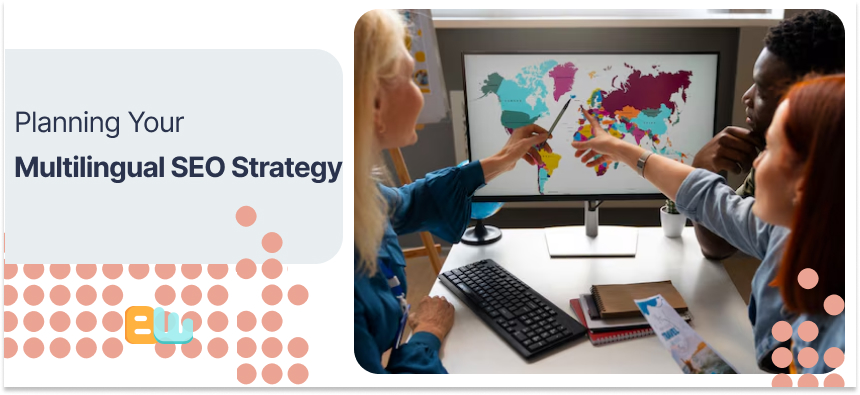
Before you get into the technical details of multilingual SEO, it is important to have a good plan. First, consider the languages you wish to target. Next, figure out how to handle content translation and localization. Finally, make sure your SEO goals match your overall business goals.
Keep in mind that multilingual SEO is a long-term investment. It requires ongoing effort to adjust and improve your website over time. Taking a strategic approach can increase your chances of success in international markets.
Identifying Target Markets and Languages
The first step in your multilingual SEO journey is to find your target markets. Look at your current customers and check your website data. This way, you can see where your audience is and what languages they speak. You can also look for new markets where your products or services could be popular. Think about the languages in your target markets. Are there different dialects or local variations? Knowing these details is important. This understanding can help you adjust your content to better connect with different parts of your audience.
Analyzing Market-Specific Keyword Trends
Effective keyword research is significant for multilingual SEO. Don’t think that just translating your existing keywords is enough. Spend time finding the right search terms for each target language and region. Many tools can help you with keyword research and show you search volume and competition levels. Watch for market-specific trends and search habits. Consider cultural factors and local preferences that affect how your target audience searches for products or services like yours. Based on these, change your keyword strategy to maximize visibility and reach.
Technical SEO Considerations for Multilingual Sites

Technical SEO for multilingual sites requires extra care. This helps search engines crawl, index, and understand your content in different language versions. Having a clear site structure and using hreflang tags correctly is very important. Consider the user experience for visitors from various regions. Your site must be fast for global audiences and work well on mobile.
Choosing the Right URL Structure for Global SEO
Choosing the right URL structure for your website is important for global SEO. Consider using separate domains, subdomains, or subdirectories for different language versions. Each choice has benefits and challenges for SEO, maintenance, and branding. Separate domains give you the most focused approach. However, they need more resources and work to manage. Subdomains strike a good balance between localization and ease of setup. On the other hand, subdirectories are the easiest option, especially if your translations are for fewer languages.
Improving Site Speed Across Different Regions
Website speed is essential for user experience and SEO. This is especially true for multilingual sites that want to reach audiences worldwide. If your site is slow, many users will leave before it finishes loading, which can lead to lower sales and conversions. Use a content delivery network (CDN) to speed up your site and pick a good hosting provider. Compress images to save space. Remember that users from different areas may have different internet speeds. Use tools like Google PageSpeed Insights to check your site’s performance and find ways to improve.
Content Optimization for Multilingual SEO
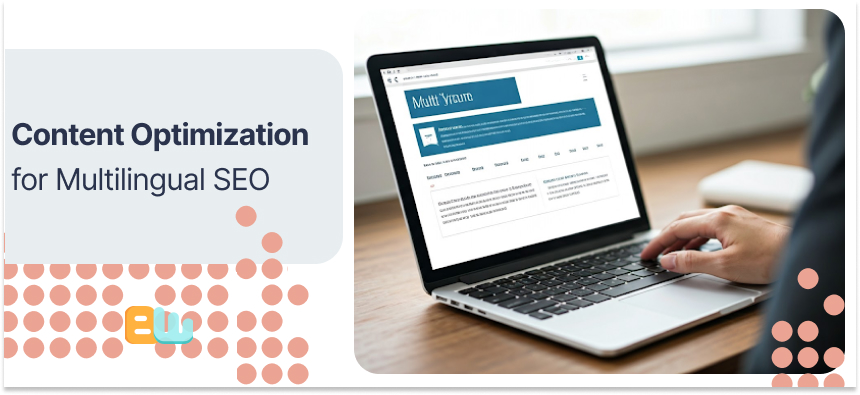
Don’t depend on automated translation tools for your website content. Good human translation is very important for user experience and SEO. Hire professional translators who know your target audience and can correctly share your brand’s message. Make sure your content is not only translated but also tailored to fit the culture of your target market. This means changing dates, currencies, units of measurement, and other details specific to the region.
Best Practices for Translating Web Content
When translating your web content, use natural language that connects with your target audience. Don’t use word-for-word translations, as they can be strange or upset people. Instead, hire skilled translators who know your industry and target market. Keep your language and brand messaging the same across all website language versions. To keep everything uniform, consider making a list of key terms. Localize your content not just with text but also with images, videos, and other media.
Optimizing Metadata and Descriptions for Each Language Version
When optimizing your website for multilingual SEO, remember metadata and descriptions. These short texts are very important for generating clicks from search engine result pages (SERPs). Translate and adapt your meta titles, descriptions, and image alt tags for each language version.
Create engaging and clear metadata that shows what each page is about. Use relevant keywords naturally to improve your visibility in search results. Ensure that each language version has its unique metadata to target that group’s specific keywords and search intent.
Building a Multilingual Link-Building Strategy
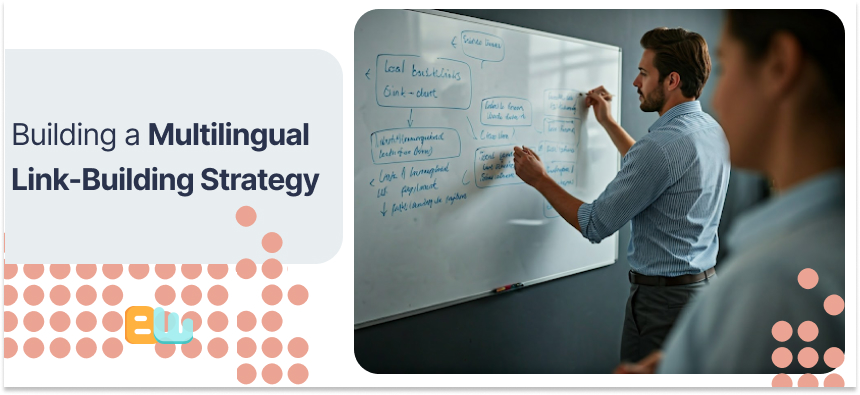
Link building is an important part of SEO, even when dealing with different languages. You should get backlinks from reliable websites in your target language and area. Local directories and websites for your industry are good starting points. Work with bloggers, influencers, and businesses in your target markets for chances to post as guests. Good backlinks show search engines that your website is a trustworthy source of information in that language.
Importance of Local Backlinks in Multilingual SEO
When you want to target certain regions or countries, try to get local backlinks from websites in that area. These backlinks are essential for local search results. They show search engines that your website matters to people in that region. You can find local backlinks from different places. This includes local businesses, community websites, news sites, and industry directories. Reach out to local businesses and look for sponsorship chances. This helps you build connections and gain valuable backlinks.
Strategies for Acquiring High-Quality Local Backlinks
- Find online directories, community forums, and industry-specific websites in your target area. Submit your website to these directories and engage in forums to build your presence.
- Think about guest posting on blogs or websites that appeal to your target audience in that area. Provide helpful and engaging content that fits their interests. This can create natural backlinks to your website.
- Keep an eye on your backlink profile. Check for chances to improve or any potential problems.
Enhancing User Experience on Multilingual Websites
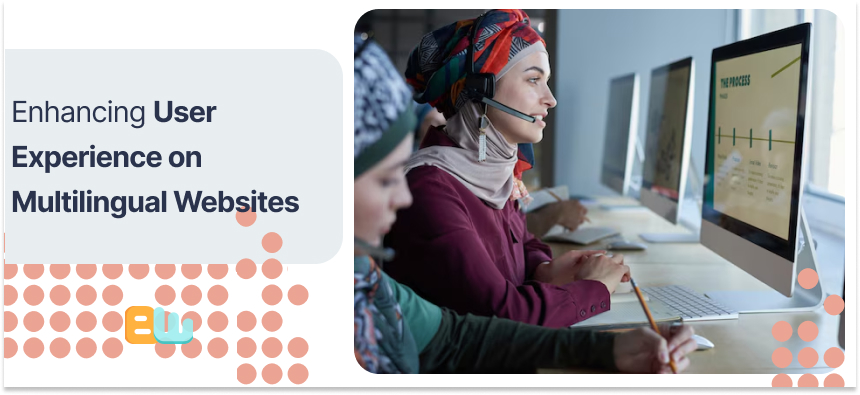
When you create a multilingual website, focus on user experience and technical details. Make it simple for users to switch between language versions. You can do this by using clear language switcher buttons. Think about how design and layout can change in different cultures. For example, some cultures read from right to left. This might mean changing your website’s layout to fit those users.
Design and Navigation Tips for Global Audiences
When designing your website for a global audience, consider how people from different cultures see colors, images, and design elements. They might have different reactions to them. Make sure the navigation is simple and easy to use in all languages. Use easy words for menus and skip any slang or sayings that not everyone might understand. Allow users to switch easily between language versions. This will improve their experience and encourage them to explore your website more.
The Impact of Localized User Experience on SEO
A good user experience is important for SEO success. Visitors who enjoy your website stay longer and interact with your content. This makes them want to return later. Search engines notice these signs and reward websites that offer a valuable user experience. Providing a better user experience for different languages can lower bounce rates and improve conversion rates, which can also help boost organic traffic.
Investing in UX for your multilingual website can also improve your SEO performance. Focusing on the needs of your target audience can improve their experience, enhancing your website’s visibility and ranking in search results.
Leveraging Social Media for Multilingual Engagement
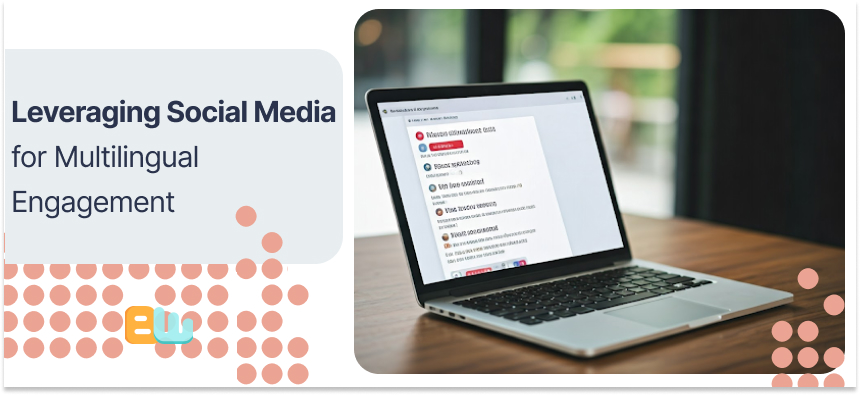
Social media is a powerful tool that can help boost your multilingual SEO efforts. You should create accounts on popular social media sites in your target areas, share content in the languages used there, and connect with local influencers to reach even more people. Social media can increase the number of visitors to your website, raise brand awareness, and create a sense of community among your global audience.
Social Media Strategies for Global SEO Success
- Research the most popular social media sites in your area. Change your content plan to match each region.
- Connect with local influencers. Use the right hashtags to reach more people.
- Think about making different social media profiles for various language versions.
- To keep your audience interested, use different types of content, such as text, images, videos, or stories.
- Encourage people to interact. You can ask questions, hold contests, and reply to comments quickly.
Using Social Platforms to Amplify Multilingual Content
Share links to your multilingual website content on social media. This will help you get more visitors and boost your visibility. Make sure to adjust your messages to match the interests of each language group. This way, you can connect better with your target audience.
Run focused ad campaigns on social media to reach specific groups based on their language, place, and interests. Use tools to check how well your social media campaigns are doing. Adjust them if needed when you get the results.
Conclusion
Understanding different global markets is crucial in multilingual SEO. Your strategy must be tailored to these markets. Start by identifying your target markets and optimizing your content. Improving user experience is also essential. Remember technical things like URL structures and site speed. These help make your site more visible in different regions. A strong link-building plan can also help.
Using social media to share your multilingual content can extend your reach. The main goal is to connect with local audiences while following global SEO best practices. Monitor market trends, user behavior, and changing search algorithms. This way, you can stay ahead in the fast-changing world of multilingual SEO.
